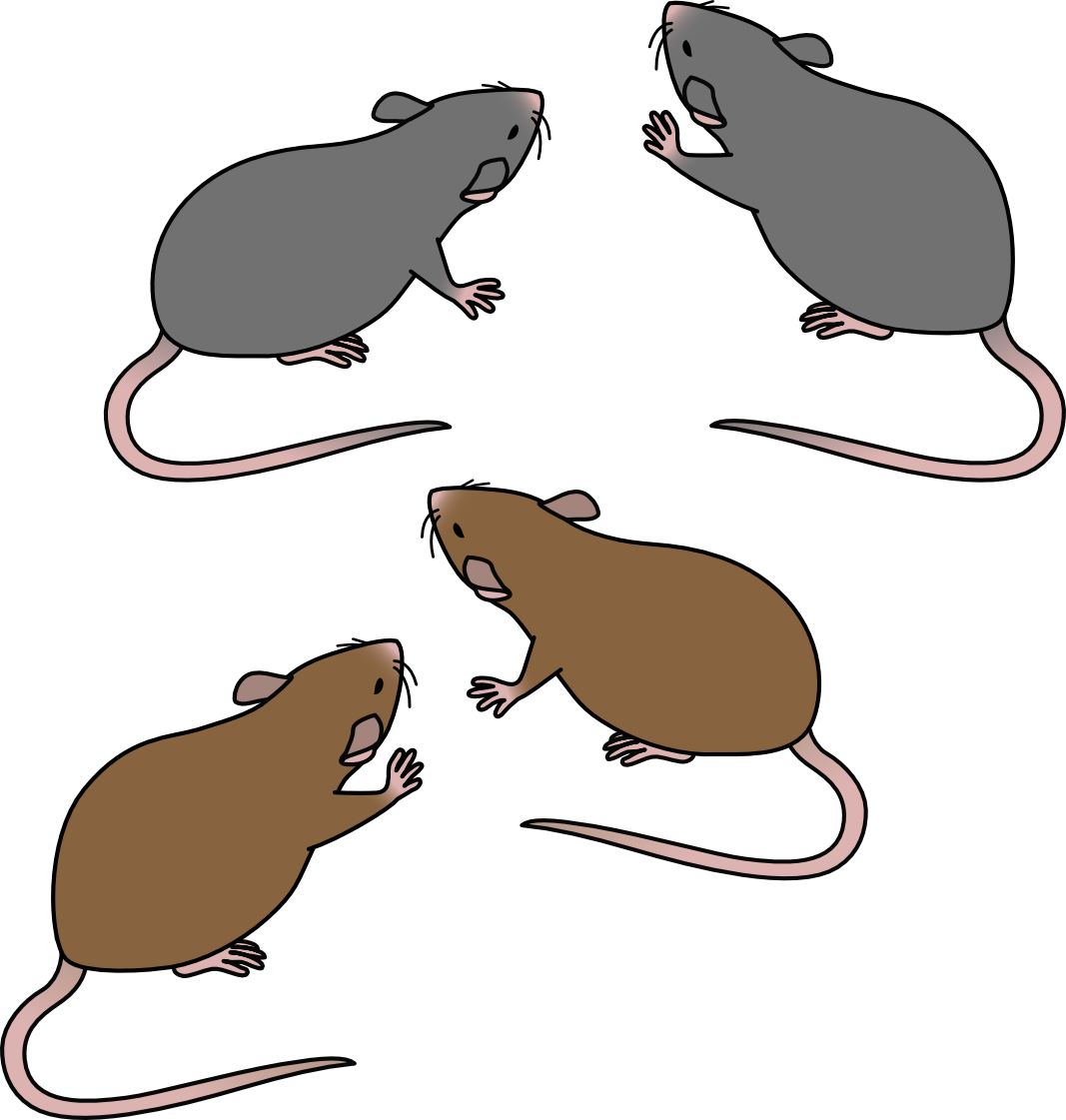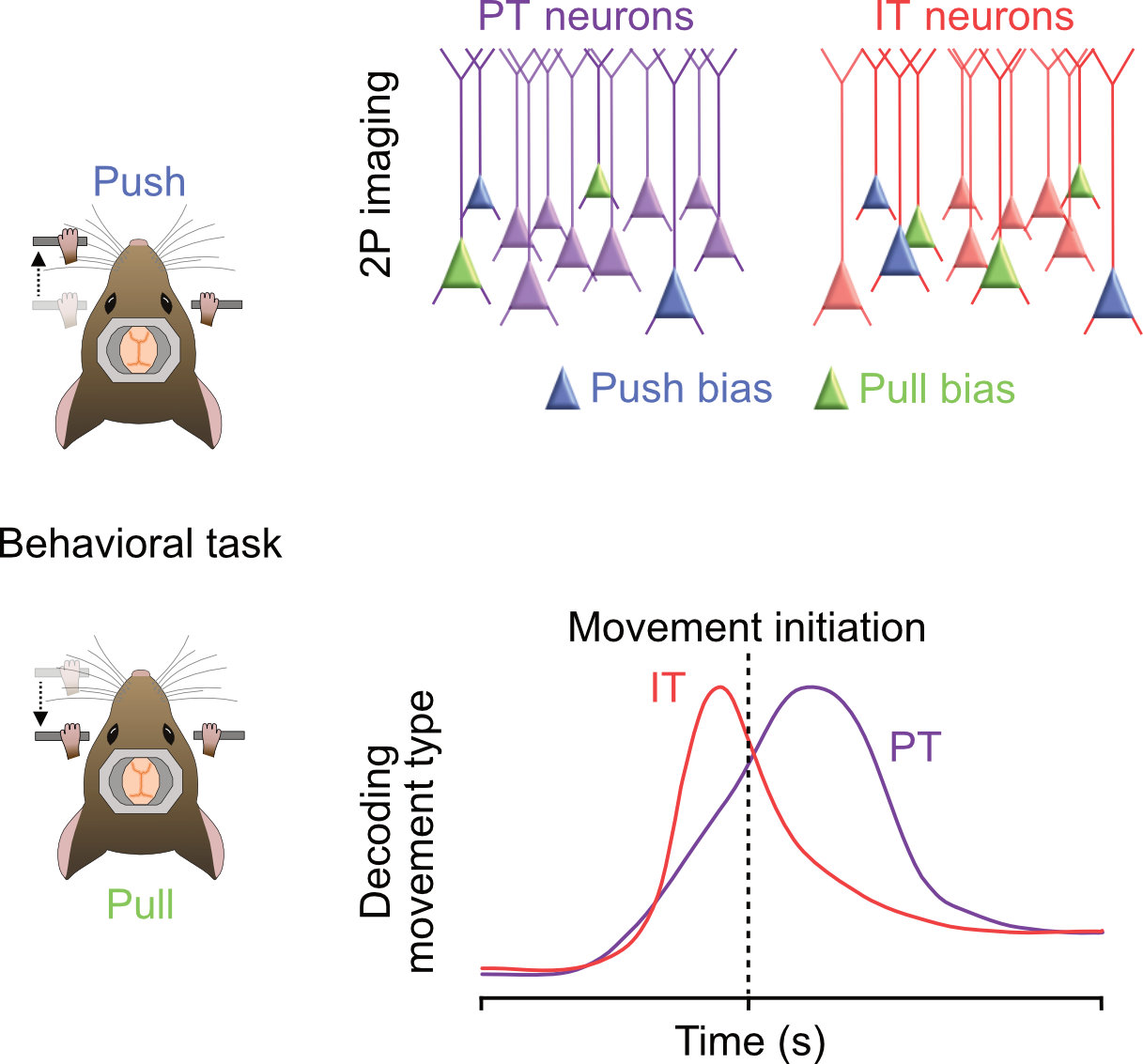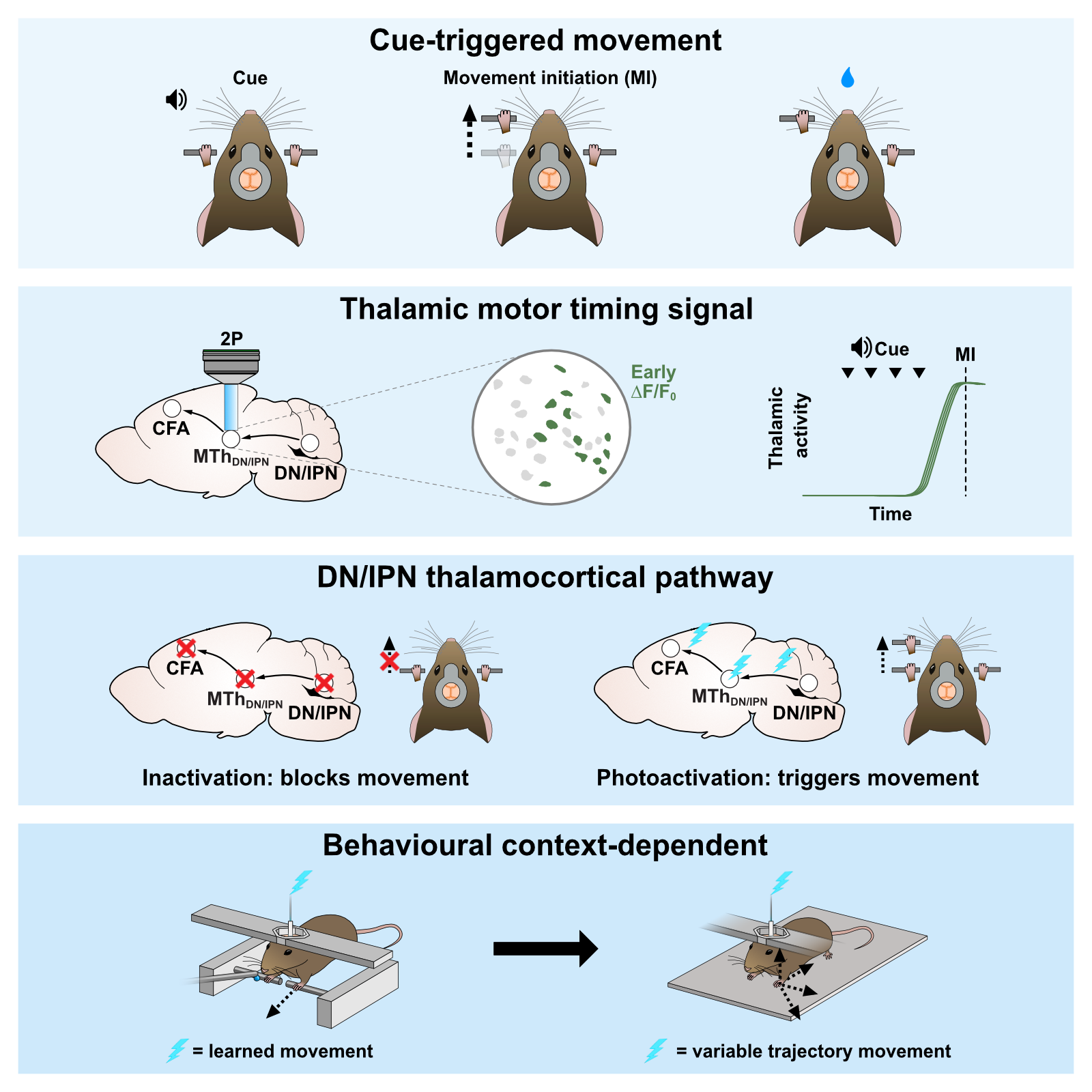publications
publications by categories in reversed chronological order. generated by jekyll-scholar.
2025
-
 Better Statistical Reporting Does Not Lead to Statistical Rigour: Lessons from Two Decades of Pseudoreplication in Mouse-Model Studies of Neurological DisordersConstantinos Eleftheriou, Sarah Giachetti, Raven Hickson, Laura Kamnioti-Dumont, Robert Templaar, Alina Aaltonen, Eleni Tsoukala, Nawon Kim, Lysandra Fryer-Petridis, Chloe Henley, Ceren Erdem, Emma Wilson, Beatriz Maio, Jingjing Ye, Jessica C. Pierce, Kath Mazur, Lucia Landa-Navarro, Nina G. Petrović, Sarah Bendova, Hanan Woods, Manuela Rizzi, Vanesa Salazar-Sanchez, Natasha Anstey, Antonios Asiminas, Shinjini Basu, Sam A. Booker, Anjanette Harris, Sam Heyes, Adam Jackson, Alex Crocker-Buque, Aoife C. McMahon, Sally M. Till, Lasani S. Wijetunge, David JA Wyllie, Catherine M. Abbott, Timothy O’Leary, and Peter C. KindMolecular Autism, May 2025
Better Statistical Reporting Does Not Lead to Statistical Rigour: Lessons from Two Decades of Pseudoreplication in Mouse-Model Studies of Neurological DisordersConstantinos Eleftheriou, Sarah Giachetti, Raven Hickson, Laura Kamnioti-Dumont, Robert Templaar, Alina Aaltonen, Eleni Tsoukala, Nawon Kim, Lysandra Fryer-Petridis, Chloe Henley, Ceren Erdem, Emma Wilson, Beatriz Maio, Jingjing Ye, Jessica C. Pierce, Kath Mazur, Lucia Landa-Navarro, Nina G. Petrović, Sarah Bendova, Hanan Woods, Manuela Rizzi, Vanesa Salazar-Sanchez, Natasha Anstey, Antonios Asiminas, Shinjini Basu, Sam A. Booker, Anjanette Harris, Sam Heyes, Adam Jackson, Alex Crocker-Buque, Aoife C. McMahon, Sally M. Till, Lasani S. Wijetunge, David JA Wyllie, Catherine M. Abbott, Timothy O’Leary, and Peter C. KindMolecular Autism, May 2025Accurately determining the sample size (“N”) of a dataset is a key consideration for experimental design. Misidentification of sample size can lead to pseudoreplication, a process of artificially inflating the number of experimental replicates which systematically underestimates variability, overestimates effect sizes and invalidates statistical tests performed on the data. While many journals have adopted stringent requirements with regard to statistical reporting over the last decade, it remains unknown whether such efforts have had a meaningful impact on statistical rigour.
2023
-
 Visiomode: An open-source platform for building rodent touchscreen-based behavioral assaysConstantinos Eleftheriou, Thomas Clarke, V. Poon, Marie Zechner, and Ian DuguidJournal of Neuroscience Methods, May 2023
Visiomode: An open-source platform for building rodent touchscreen-based behavioral assaysConstantinos Eleftheriou, Thomas Clarke, V. Poon, Marie Zechner, and Ian DuguidJournal of Neuroscience Methods, May 2023Touchscreen-based behavioral assays provide a robust method for assessing cognitive behavior in rodents, offering great flexibility and translational potential. The development of touchscreen assays presents a significant programming and mechanical engineering challenge, where commercial solutions can be prohibitively expensive and open-source solutions are underdeveloped, with limited adaptability. Here, we present Visiomode (www.visiomode.org), an open-source platform for building rodent touchscreen-based behavioral tasks. Visiomode leverages the inherent flexibility of touchscreens to offer a simple yet adaptable software and hardware platform. The platform is built on the Raspberry Pi computer combining a web-based interface and powerful plug-in system with an operant chamber that can be adapted to generate a wide range of behavioral tasks. As a proof of concept, we use Visiomode to build both simple stimulus-response and more complex visual discrimination tasks, showing that mice display rapid sensorimotor learning including switching between different motor responses (i.e., nose poke versus reaching). Commercial solutions are the go-to for rodent touchscreen behaviors, but the associated costs can be prohibitive, limiting their uptake by the wider neuroscience community. While several open-source solutions have been developed, efforts so far have focused on reducing the cost, rather than promoting ease of use and adaptability. Visiomode addresses these unmet needs providing a low-cost, extensible platform for creating touchscreen tasks. Developing an open-source, rapidly scalable and low-cost platform for building touchscreen-based behavioral assays should increase uptake across the science community and accelerate the investigation of cognition, decision-making and sensorimotor behaviors both in health and disease.
2022
-
 Movement-Specific Signaling Is Differentially Distributed across Motor Cortex Layer 5 Projection Neuron ClassesStephen P. Currie, Julian J. Ammer, Brian Premchand, Joshua Dacre, Yufei Wu, Constantinos Eleftheriou, Matt Colligan, Thomas Clarke, Leah Mitchell, A. Aldo Faisal, Matthias H. Hennig, and Ian DuguidCell Reports, May 2022
Movement-Specific Signaling Is Differentially Distributed across Motor Cortex Layer 5 Projection Neuron ClassesStephen P. Currie, Julian J. Ammer, Brian Premchand, Joshua Dacre, Yufei Wu, Constantinos Eleftheriou, Matt Colligan, Thomas Clarke, Leah Mitchell, A. Aldo Faisal, Matthias H. Hennig, and Ian DuguidCell Reports, May 2022Motor cortex generates descending output necessary for executing a wide range of limb movements. Although movement-related activity has been described throughout motor cortex, the spatiotemporal organization of movement-specific signaling in deep layers remains largely unknown. Here we record layer 5B population dynamics in the caudal forelimb area of motor cortex while mice perform a forelimb push/pull task and find that most neurons show movement-invariant responses, with a minority displaying movement specificity. Using cell-type-specific imaging, we identify that invariant responses dominate pyramidal tract (PT) neuron activity, with a small subpopulation representing movement type, whereas a larger proportion of intratelencephalic (IT) neurons display movement-type-specific signaling. The proportion of IT neurons decoding movement-type peaks prior to movement initiation, whereas for PT neurons, this occurs during movement execution. Our data suggest that layer 5B population dynamics largely reflect movement-invariant signaling, with information related to movement-type being routed through relatively small, distributed subpopulations of projection neurons.
2021
-
 A Cerebellar-Thalamocortical Pathway Drives Behavioral Context-Dependent Movement InitiationJoshua Dacre, Matt Colligan, Thomas Clarke, Julian J. Ammer, Julia Schiemann, Victor Chamosa-Pino, Federico Claudi, J. Alex Harston, Constantinos Eleftheriou, Janelle M. P. Pakan, Cheng-Chiu Huang, Adam W. Hantman, Nathalie L. Rochefort, and Ian DuguidNeuron, Jul 2021
A Cerebellar-Thalamocortical Pathway Drives Behavioral Context-Dependent Movement InitiationJoshua Dacre, Matt Colligan, Thomas Clarke, Julian J. Ammer, Julia Schiemann, Victor Chamosa-Pino, Federico Claudi, J. Alex Harston, Constantinos Eleftheriou, Janelle M. P. Pakan, Cheng-Chiu Huang, Adam W. Hantman, Nathalie L. Rochefort, and Ian DuguidNeuron, Jul 2021Executing learned motor behaviors often requires the transformation of sensory cues into patterns of motor commands that generate appropriately timed actions. The cerebellum and thalamus are two key areas involved in shaping cortical output and movement, but the contribution of a cerebellar-thalamocortical pathway to voluntary movement initiation remains poorly understood. Here, we investigated how an auditory "go cue" transforms thalamocortical activity patterns and how these changes relate to movement initiation. Population responses in dentate/interpositus-recipient regions of motor thalamus reflect a time-locked increase in activity immediately prior to movement initiation that is temporally uncoupled from the go cue, indicative of a fixed-latency feedforward motor timing signal. Blocking cerebellar or motor thalamic output suppresses movement initiation, while stimulation triggers movements in a behavioral context-dependent manner. Our findings show how cerebellar output, via the thalamus, shapes cortical activity patterns necessary for learned context-dependent movement initiation.